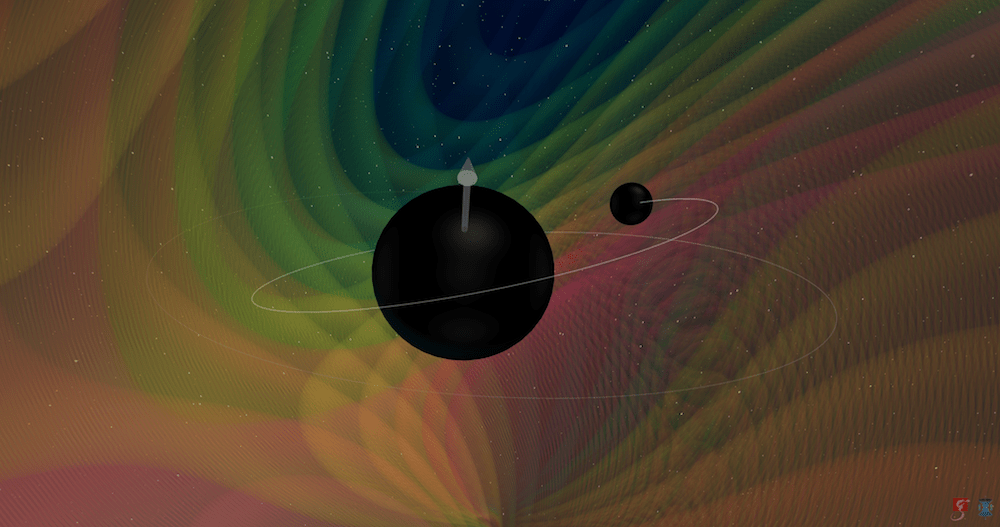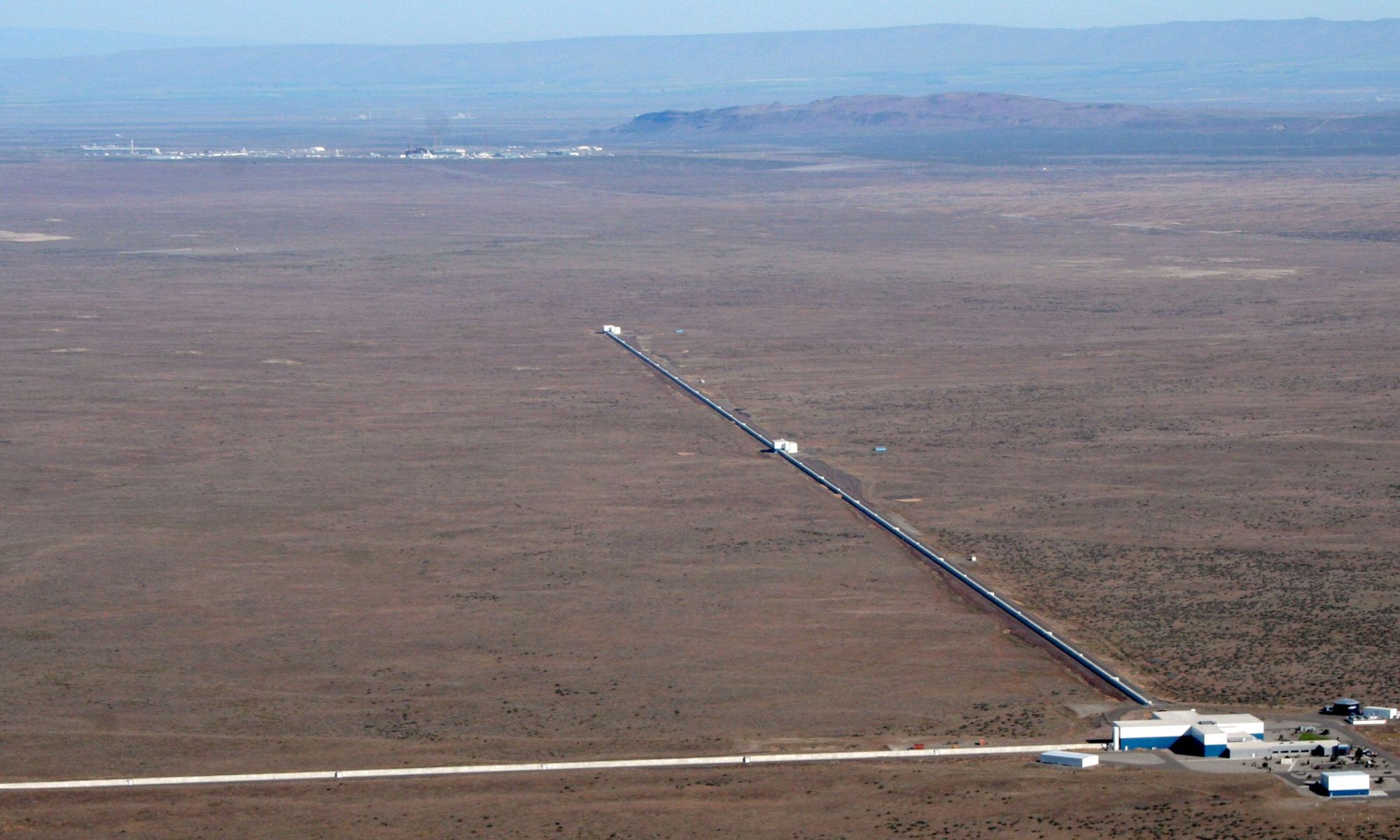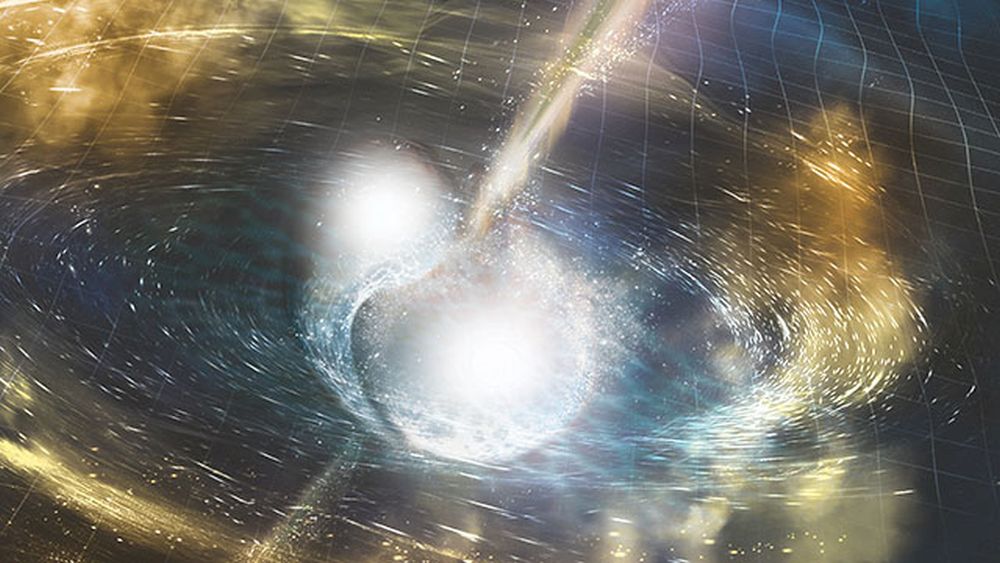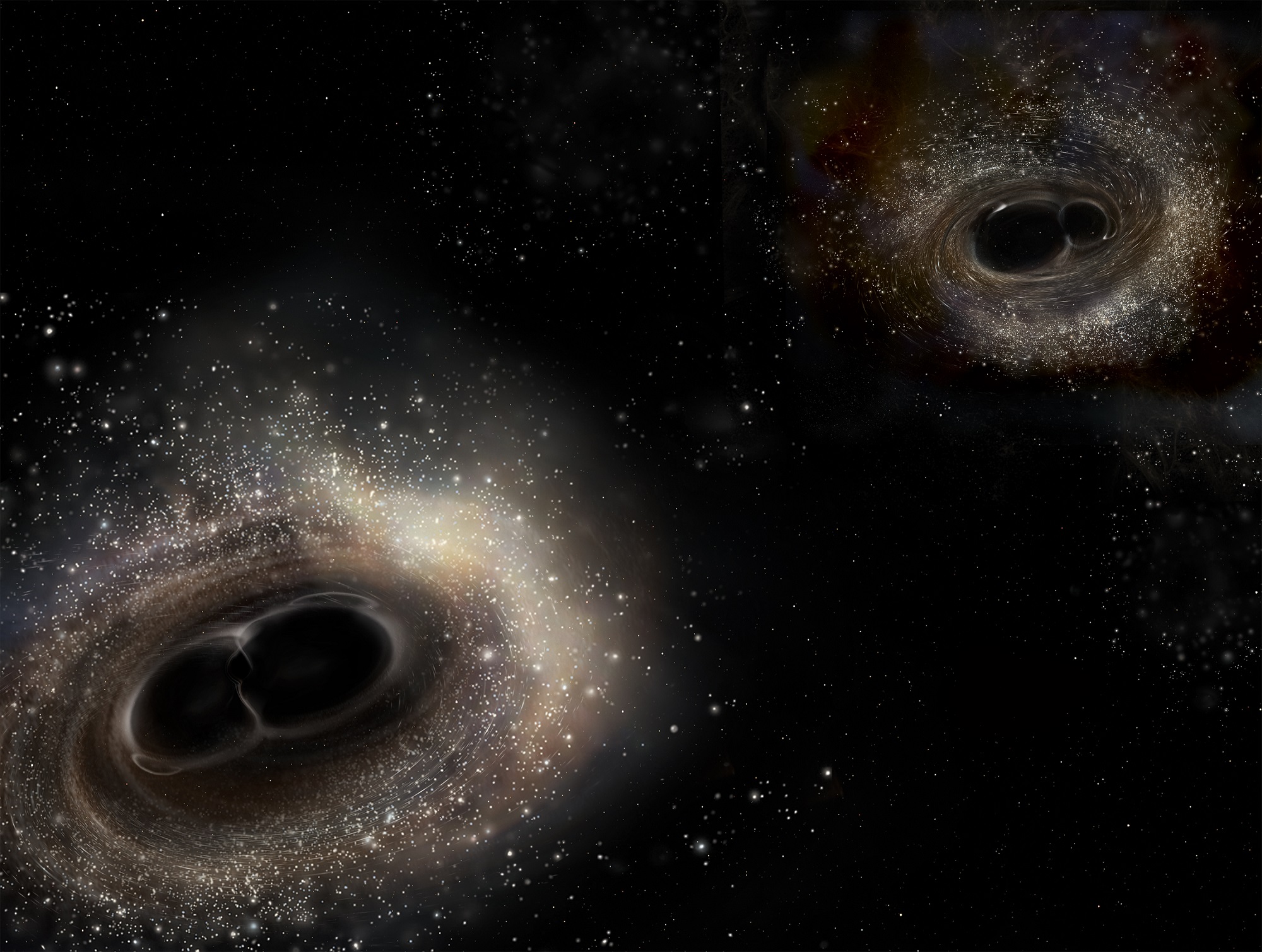In another first, scientists at the LIGO and Virgo gravitational wave detectors announced a signal unlike anything they’ve ever seen before. While many black hole mergers have been detected thanks to LIGO and Virgo’s international network for detectors, this particular signal (GW190412) was the first where the two black holes had distinctly different masses.
Continue reading “Astronomers Detected a Black Hole Merger With Very Different Mass Objects”Astronomers Detected a Black Hole Merger With Very Different Mass Objects










